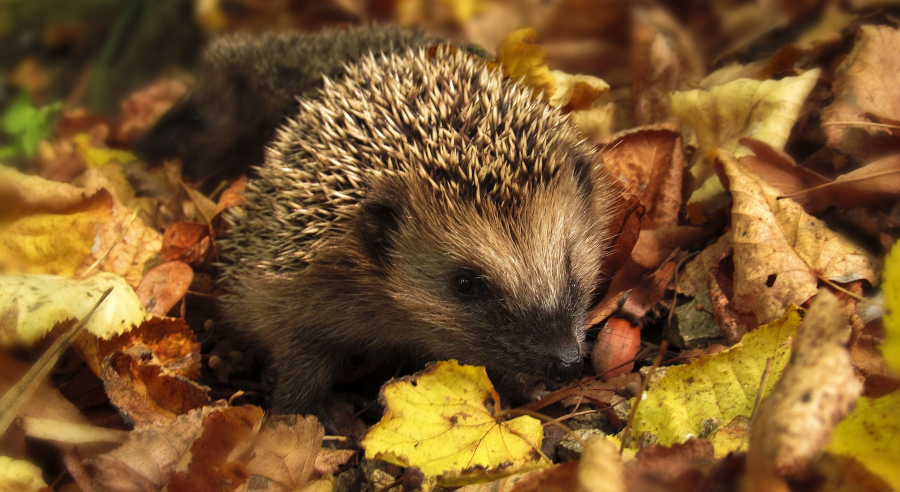
Autumn is an undoubtedly beautiful time of year, leaves tumbling in the crisp autumn breeze, blinding in stunning shades of red and gold.
Unfortunately, along with this plethora of natural beauty, there are some not-so-lovely sights you might expect to see this autumn, including seasonal pests infesting your lawn.
What are autumnal seasonal pests?
As the end of summer rolls around and autumn draws near, you can usually expect to see the weather get chilly and damp. With colder weather on the way, many insects take this opportunity to lay their eggs in preparation for winter.
These insects will lay their eggs in the soil in the late summer or autumn, and the offspring then winter in the soil as larvae – this is how they survive the colder temperatures.
Crane flies (also commonly known as daddy-long-legs) are one of the insects that lay their eggs in the soil in the late summer months, and the larvae hatch in the autumn to live in the soil throughout winter. These crane fly larvae are what are known as leatherjackets.
In addition to leatherjackets, you might also find chafer grubs. Chafer grubs are the larvae of chafer beetles. Chafer beetles lay their eggs in the soil in July, and the grubs feed on your lawn throughout the autumn before moving deeper into the soil in November.
Fortunately, chafer grubs are very rarely a problem in South Wales since the soil in these areas a heavier clay composition, whereas chafer grubs prefer a much lighter, sandy soil.
How to prevent autumnal lawn pests
Here are a few steps you can take to make your lawn a less attractive breeding ground to insects:
Many insects prefer damp soil to lay their eggs in, so keeping your lawn as well-drained as possible can help discourage crane flies (and other pests) from laying eggs in your lawn. If your lawn is currently suffering from drainage issues, you may benefit from professional aeration services.
Keeping your lawn free from any debris such as fallen leaves (very common in the autumn) can help prevent damp, as these types of material can very easily create a soggy environment that insects adore.
What if I already have leatherjackets in my lawn?
If you think you may already have a leatherjacket infestation, treating the issue sooner rather than later is definitely the best way to go.
If you’re looking for top quality leatherjacket control services, Lawn & Weed Expert and their team of professionals are always ready to help. Check out the informational page on our website to find out more about our leatherjacket control services today and how we can help you!
Leatherjacket Control Services
Not sure if you have a leatherjacket infestation? leatherjackets can be difficult to spot since their size, shape, and colouring can make them hard to distinguish from the soil.
If you’re looking for a professional opinion, why not take advantage of the FREE lawn survey offered by Lawn & Weed Expert? A member of our expert team will survey your lawn and let you know whether or not you have an infestation on your lawn, and what treatments will best benefit the health of your lawn.
Free Lawn Survey
Read More: How to Get Rid of Leatherjackets